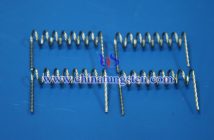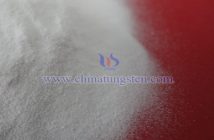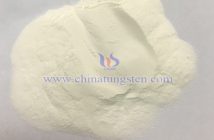Like ammonium paratungstate, ammonium metatungstate (AMT) is also an important tungstate, with the chemical formula (NH?)?H?W??O??·xH?O, where x typically ranges from 0 to 23. Common forms include (NH?)?H?W??O??·4H?O and (NH?)?H?W??O??·H?O.
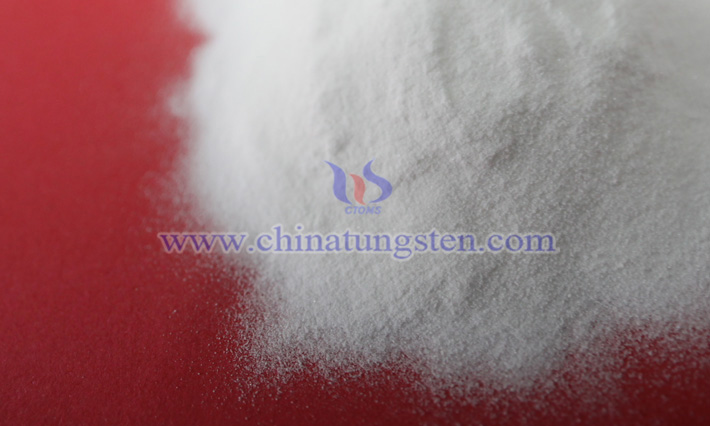
From the chemical formula, ammonium metatungstate consists of chemical components such as ammonium ions, hydrogen ions, metatungstate ions, and crystal water. Each element plays a distinct role: nitrogen and hydrogen, primarily in the form of ammonium ions, balance the charge and regulate the compound's properties; tungsten, the core element in a high oxidation state, imparts unique physicochemical properties such as oxidizing ability and catalytic activity; oxygen forms a complex anionic structure with tungsten, significantly influencing the compound's stability and chemical properties.
Industrially produced AMT typically meets certain purity standards, with common grades like AMT-1A and AMT-2A achieving purities of 99.95% and 99.90%, respectively. Impurity levels are strictly controlled, with low contents of elements such as Al, As, Bi, Ca, Cu, Fe, Mg, Mn, Mo, Na, Ni, Pb, Si, Sn, and Ti, ensuring compliance with quality requirements across various applications.
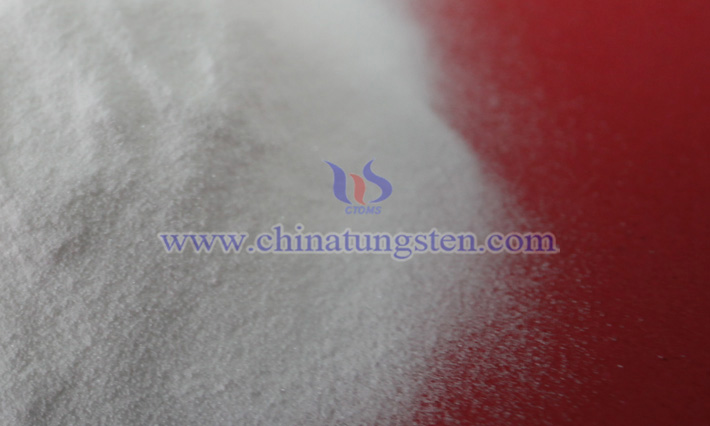
AMT serves as a key raw material for preparing other tungsten compounds and metallic tungsten. Through thermal decomposition, AMT can yield tungsten trioxide (WO?), which can be further reduced to produce metallic tungsten powder. Tungsten powder, with its high melting point and large specific surface area, is widely used in manufacturing tungsten alloys, tungsten wires, and tungsten electrodes, which are critical in fields like machining, electronics, and aerospace.

